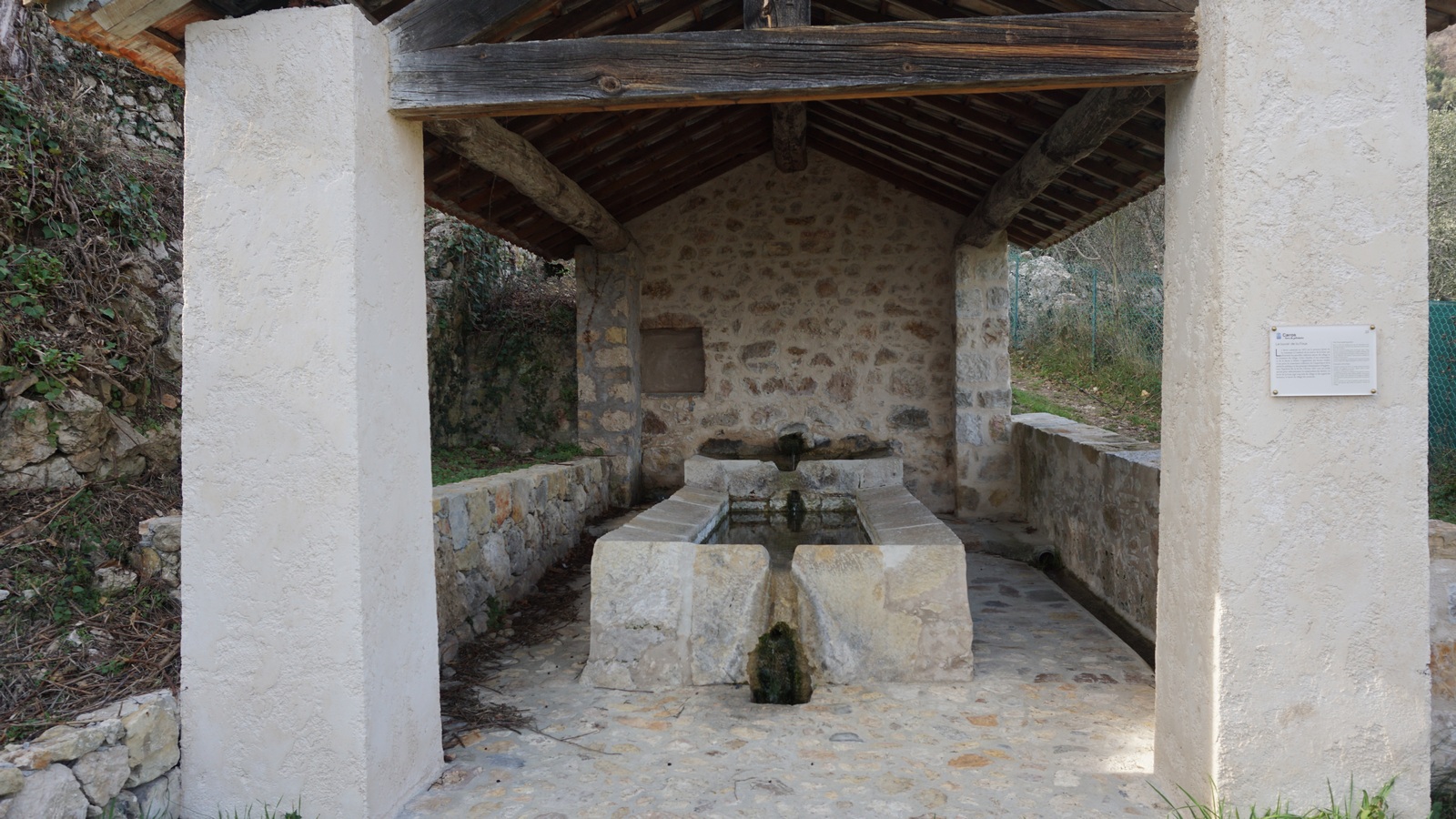Pistou soup recipe

In Nice, Italian minestrone is a popular winter soup. Our supermarket in Nice sells Italian vegetable mixtures for minestrone soup.
In spring new baby vegetables arrive in shops, and the ingredients change. I have made the traditional delicious La Soupa de’Prima from local spring vegetables which may be difficult to find elsewhere, such as small violet artichokes, local chard and new broad beans.
La Soupe au Pistou is made from vegetables that are easier to find elsewhere, and it is just as tasty! I have lightened a little the pistou recipes that I have seen by leaving out the small pasta shapes. So you can enjoy this excellent spring vegetable soup with a slice of good bread and freshly grated parmesan cheese for protein.
The recipe makes about 6 servings and the leftovers can easily be frozen. It makes a perfect light spring lunch.
6 servings
2 tbsp. olive oil
2 round Niçois courgette or 1 large long courgette, diced
3 small new potatoes, diced
3 shallots, chopped
2 cloves garlic, minced
3 tomatoes, chopped
200 ml green beans, cut into about 2 cm lengths
200 ml peas
200 ml féves, broad beans
1,2 litre vegetable stock
3 tbsp. tomato purée
Black pepper
Freshly grated parmesan
For the pistou:
A bouquet of basil
5 tbsp. olive oil
A pinch of salt
In a heavy casserole such as Le Creuset warm the olive oil over medium heat. Sauté the chopped courgette, potatoes, shallots, garlic and tomatoes for a few minutes. Add the vegetable stock and bring to the boil.
Add the broad beans, tomato purée and black pepper. Cover and simmer 20 minutes.
Add the green beans and peas and continue simmering for a further 10 minutes.
Meanwhile make the pistou by crushing the basil leaves with olive oil and a pinch of salt until you get a nice purée which does not have to be totally smooth.
Divide the soup into individual bowls. Add about 1 tbsp. pistou in each bowl. Serve with grated parmesan and tasty bread.























































